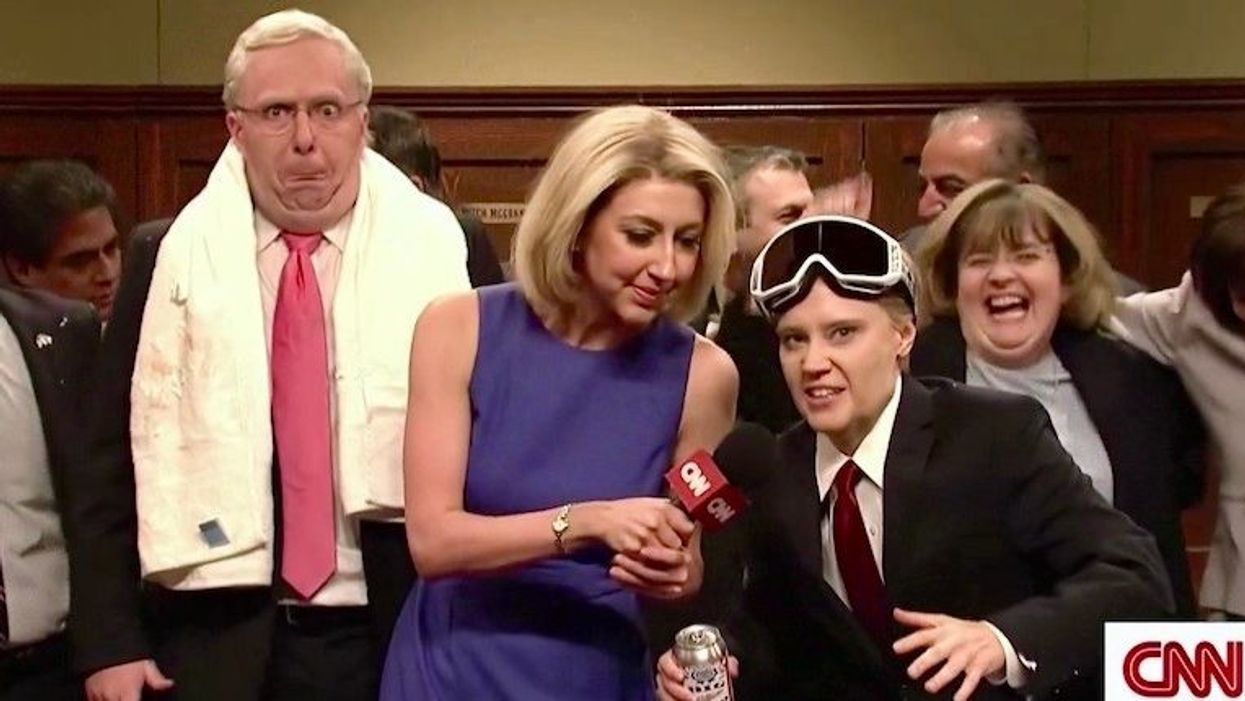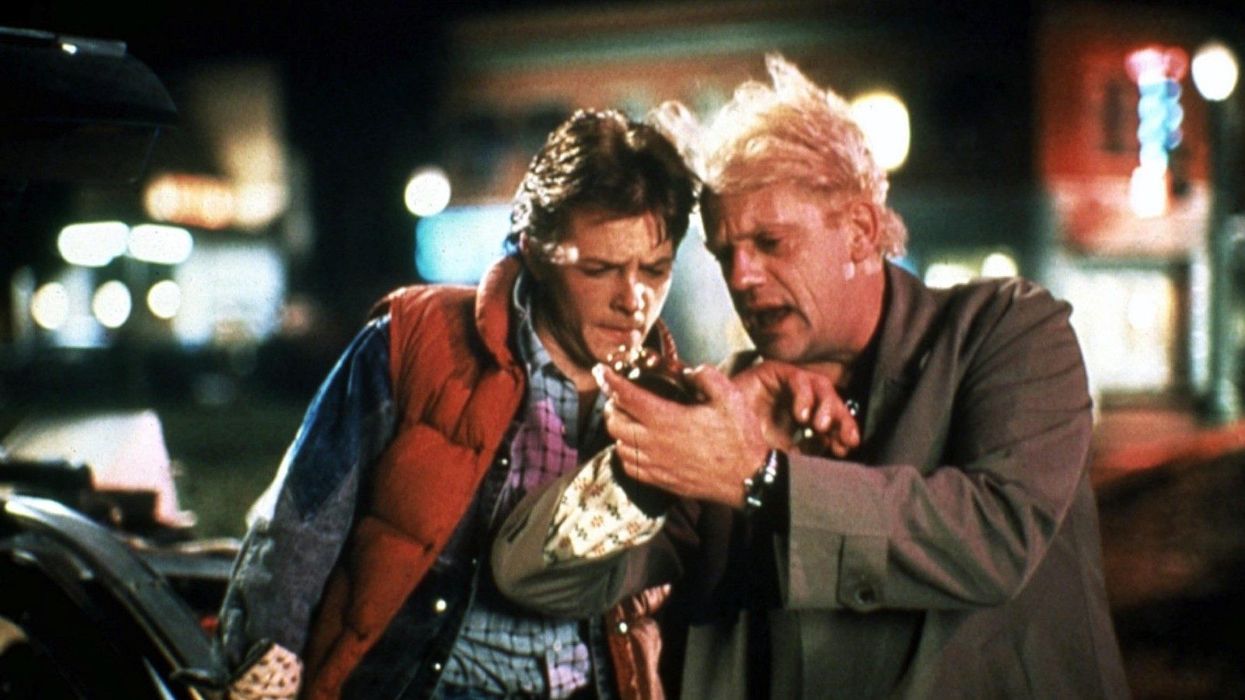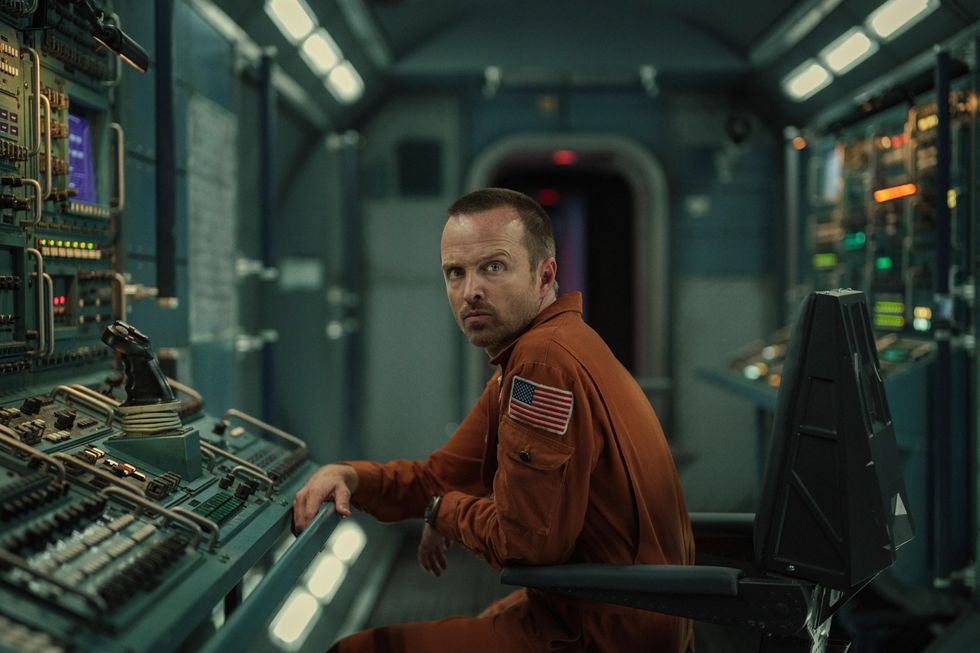How to Create a Memorable Cold Open in Your Pilot
Whether you’re getting that pilot ready for staffing season or just trying to polish that TV sample, you'll live or die by what happens in the beginning pages of your TV pilot.

How can you hook the reader and set up the world all at once?
It's called a cold open. Pulling it off is a surefire way to get a viewer hooked from the start, and to communicate a lot of the tone/story without too much legwork.
It's a lot to accomplish in a really short amount of time. So it's not easy.
But today we're going to dig deep into this concept to get at what works and why.
Today we’re going to answer all your questions, and look at some examples, to help you get your pilot started.
Let’s get started!
What is a Cold Open?
The strict definition is the first few pages of a pilot script. It’s a scene that teases what is to come or is emblematic of the tone of the show to follow.
Why is it "cold"? Because there is nothing setting you up. You come into this first scene 'cold'. No credits. No title screen. Just the story starting to happen.
Sometimes a cold open is also called a “teaser.”
It can set up a problem, or theme for the episode.
These TV leadoff hitters occur in both drama and comedy pilots. You're probably most familiar with the idea as you've experience it in Saturday Night Live. In many instances the SNL opening sketch is the one people talk about the most. It always uses the line "Live from New York it's Saturday Night..." as the punchline. Just when the joke has reached its pinnacle, they break that fourth wall, and let you know you're watching the standby live sketch show.
How to Write a Cold Open
When you’re writing a pilot, you want to dedicate the first few pages to setting up the world and getting the reader hooked.
Ideally, this initial section is around five pages long if you’re writing a drama, and only about 1.5 pages if you’re writing a comedy.
There are exceptions to every rule, but those are some general guidelines.
There are three kinds of cold openings. There’s the stand-alone, that won’t have anything to do with the episode but sets up the characters and world. Then there is a version that actually sets up the gist of the episode that follows.
And lastly, there’s a teaser version that actually takes events that happen later in the episode and puts them right up front, so get the reader/viewer excited to figure out who our characters are and how they got in that predicament.
The good old "you're probably wondering how I got here..."
Once you chose which kind you’re going to write, you need to answer three questions.
- Who’s in the scene?
- What do they want?
- Why do we care if they get it or not?
These questions should help you outline the scene at hand, and then also help you figure out how your opening attaches to the rest of the episode.
The reason these starters stand out is that they are short, exciting, and often funny gut-punches. They put us in exactly the right place to want to read/watch more.
They’re the best chance you have to impress someone early on.
And that’s not just about the reading for your script.
The reason all television shows have one is to make sure you don’t change the channel (or the website).
They’re a storied and vital part of TV writing that sets it apart from writing movies.
Sure, each medium relies on powerful opening scenes, but television is where you really need to prove yourself right away
Let’s look at a few examples to inspire your own writing.
Cold Open Examples in Dramas
First, we need to talk about the most referenced one of all time: Breaking Bad.
This opening is a scene taken directly from the end of the pilot. It serves to directly engage the audience and raise a lot of questions to get them reading.
This worked well for Vince Gilligan. It got the series made!
But as good as this one is, I’d wouldn’t recommend trying to copy it. For starters, anyone reading your version would assume it’s a knockoff, and so many people are writing like this now that it could get lost in the shuffle.
If you want to stand out, I suggest you learn from one of these other drama examples.
When Game of Thrones debuted, the show had a lot to set up. The pilot carried an exposition burden heavier than Ned Stark's broadsword, introducing us to about 2 billion characters and an entire world we had never seen before.
So what could they get across prior to the credits?
Basically, the Game of Thrones cold open sets up the series problem. The Wight Walkers are back, and they’re going to kill all the humans.
And if you think about the crazy winding roads the many seasons of the show have taken us down, that Wight Walker thing is still the big bad looming.
It gave us an ominous feeling right away and accentuates all the other tension throughout the pilot.
Since both Breaking Bad and Game of Thrones are more genre-driven, their openings feed into what we’d expect from crime shows and fantasy.
But what if you’re writing a straightforward network drama?
This Is Us burst onto the scene, and used its first moments to trick us. We meet a bunch of people who share the same birthday, and we think the show will be an ensemble about this diverse group.
But actually, it’s about one family.
This is a genius way to use a teaser to subvert our expectations, as well as set up what the series will be about. A group of people taking care of each other, even as they make mistakes.
This sets up the Pearsons perfectly.
Okay, we know how openings in dramas function, but let’s check out some comedy ones to see how they set up their shows.
Cold Open Examples in Comedy
One of the best parts of any sitcom is these first precious moments. While we’ve mostly looked at how openers work in pilots, I want to mix it up for the comedy section.
Let’s start with the funniest opening in The Office’s history, the Fire Drill.
This sets the story of the episode. It’s about the repercussions of the insane fire drill that happened. Dwight’s in trouble with corporate.
Everyone knows this is a serious problem, except Michael.
That’s a solid start.
But what about a more traditional one.
For a long time, Big Bang Theory was the biggest show on television. It’s a three-camera sitcom. So we usually start in one location. Namely, the living room.
This one gets the guys gaming, and sets up the character conflicts with humor.
It opens with a joke and gets everyone inside the same room. Then in a few lines, it sets up the whole plot of the episode.
It’s smart, lean, and gets us right into the episode.
But what if you’re writing a much less traditional 30-minute television show?
Atlanta transcends what it means to be a comedy. It has funny moments, but for the most part, this show thrives in presenting bluntness to the viewer.
It’s about life, and sometimes life is funny, but in this opening, we see a darker side.
Opening on this robbery is incredibly poetic. The robbery is not a factor in the episode. But it’s a statement about Atlanta as a whole.
If you want to understand this city and this show, then you have to understand it’s about people being driven to do some bad things, in a city that made them that way.
That makes for an unforgettable way to start a season.
Opening cold, in summation
So we learned the definition of this type of scene and went through some great examples.
Hopefully, you don’t have writer’s block and are excited to crack open your screenwriting software and tackle the story at hand.
Now that you’re a master at writing openings, consider what else goes into writing a television pilot for staffing season.
If you’re excited to keep writing, we’d love to have you join our free screenwriting seminar.
Lastly, if you’re getting caught up in the treatment phase, and need help with three-act structure, we’ve got some articles for that too.
Got some favorite first scenes?
Tell us about them in the comments!
Now get out of here and get writing.












